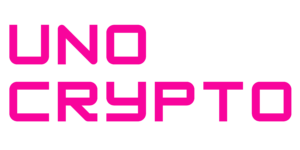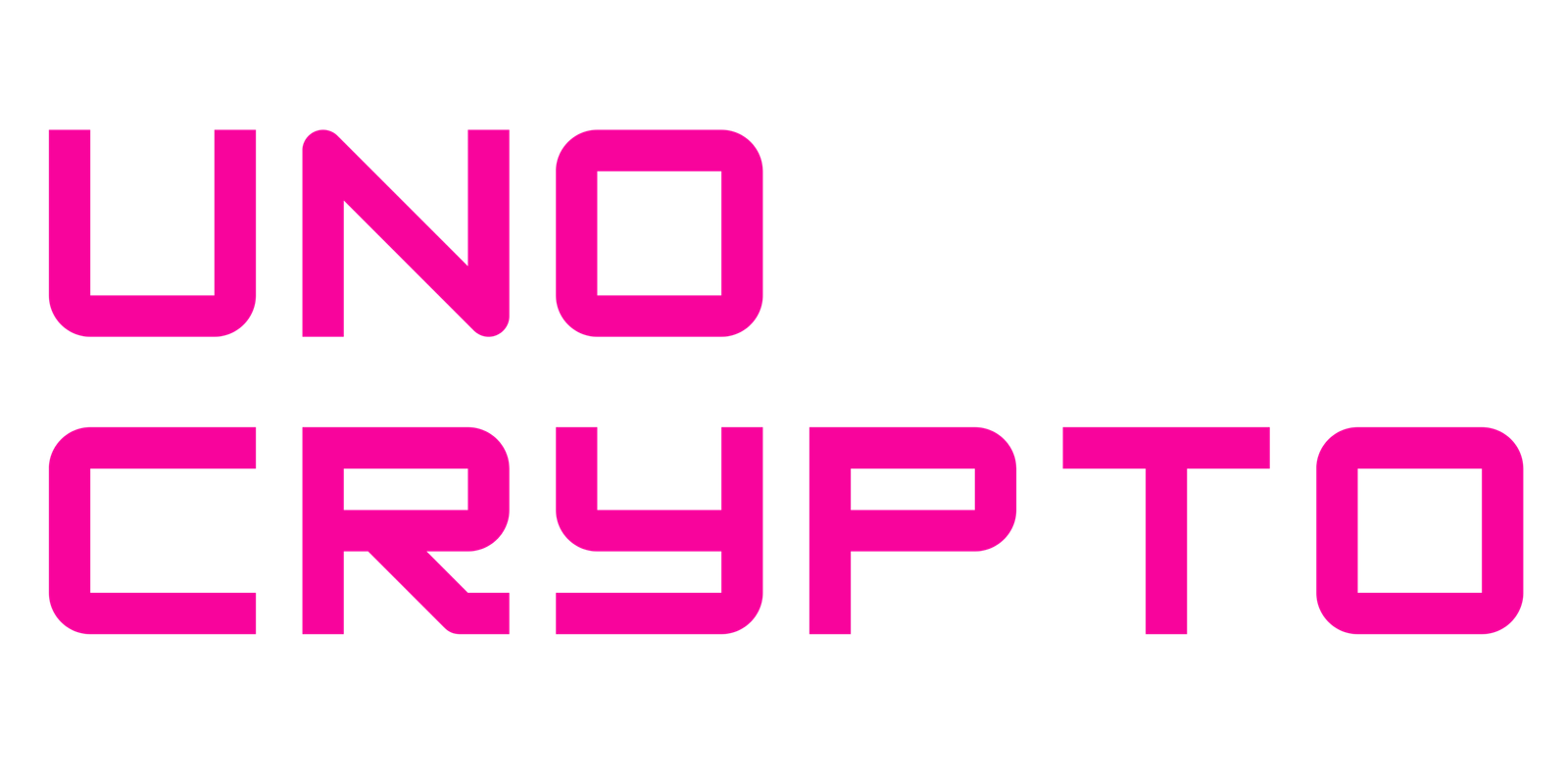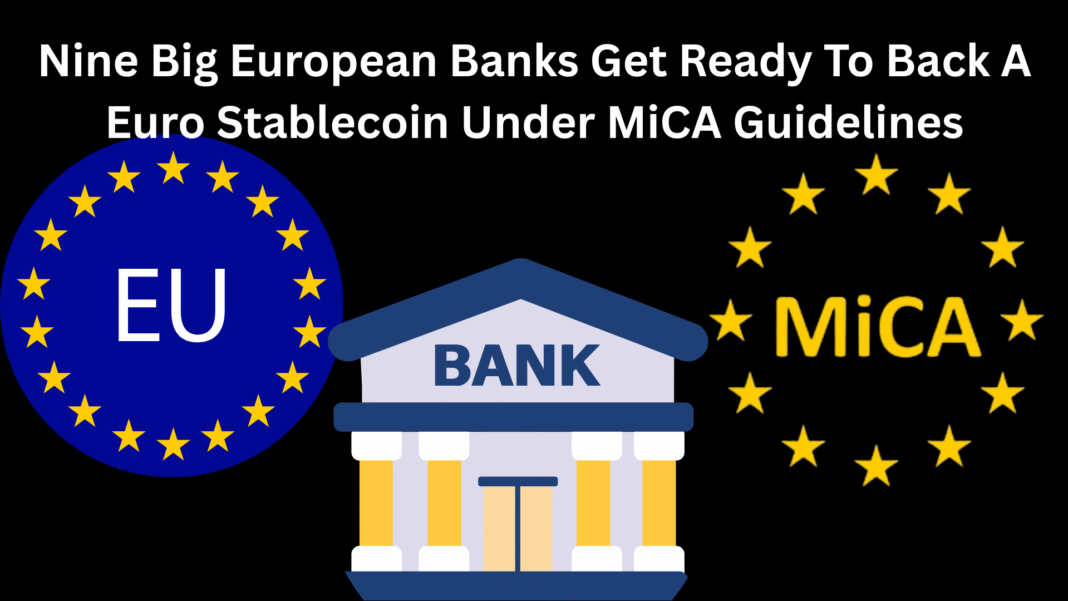Nine major European banks, ING, Banca Sella, KBC, Danske Bank, DekaBank, UniCredit, SEB, CaixaBank and Raiffeisen Bank International, have teamed up to create a euro-denominated stablecoin regulated under the EU’s MiCA regime, the banks said in a press release on Thursday.
Consortium and aims
The partners want the token to serve as a trusted payment option in Europe. The new company is based in the Netherlands and aims to be licensed and overseen by the Dutch central bank as an e-money firm.
The banks say the coin should help with fast, low-cost payments and work across borders, and they expect the first issue in the second half of 2026.
The project will rely on blockchain technology, and the banks said the stablecoin will offer near-instant transfers and let users move value at any hour.
They also see it helping with programmable payments, supply chain payments and settlements of digital assets. Each founding bank will be able to add services, such as wallets and custody, around the core token offering.
The group formed a new company in the Netherlands, and that firm will seek a license as an e-money institution and will be supervised by the Dutch central bank if approved. The consortium is open to more banks joining. A CEO is expected to be named soon, pending regulatory approval.
Also Read: Bybit And OKX Launch Fully Regulated Crypto Exchanges In Europe Under MiCA
A European alternative
The banks framed the move as a way to give Europe a homegrown option. They said a euro stablecoin would create a European alternative to stablecoins that have been dominated by non-European firms.
The consortium argued this could strengthen Europe’s autonomy in payments and make the region less dependent on foreign payment rails.
ING’s digital assets lead, Floris Lugt, who also acts as a public representative for the project, said digital payments matter for the new euro-denominated infrastructure.
He noted that blockchain’s programmable features can bring efficiency and round-the-clock settlement. He added that it makes sense for banks to agree on common standards.
Timing and market context
The banks expect the coin to be issued in the second half of 2026. That gives time for licensing and for the new company to set up operations. Earlier this year, reports said ING had already been working on a stablecoin project with other institutions.
Around the same time, another big bank effort also moved forward. SocGen’s Forge unit launched a euro stablecoin under MiCA, and its USD stablecoin USDCV was listed on a European trading venue this week.
Why MiCA matters?
MiCA sets the rules for crypto assets across the EU, and for a bank-backed stablecoin, being regulated under MiCA means the project would follow clear rules for consumer protection, capital and governance.
The banks said that regulation is important to build trust, and licensing and supervision by a central bank would add another layer of oversight.
For banks, building a product inside the MiCA framework also means they can aim for broad acceptance within the market. It can ease relations with other financial firms and with payment systems that require a clear legal status for tokens.
UnoCrypto earlier reported that Google will start enforcing stricter advertising rules for cryptocurrency services in Europe from April 23.
What comes next?
The new company will seek regulatory approval and build the operational parts of the system. Banks will prepare value-added services and test technical links.
The plan is to start with bank partners and then make the offering available more widely. The group said it will work with regulators and industry partners to meet the required standards.
If regulators agree and it all goes smoothly, the stablecoin could become a familiar tool for euro payments. The effort shows big banks want to shape how digital money works in Europe.
Also Read: Gemini Wins MiCA Approval In Malta To Expand Crypto Services Across Europe


